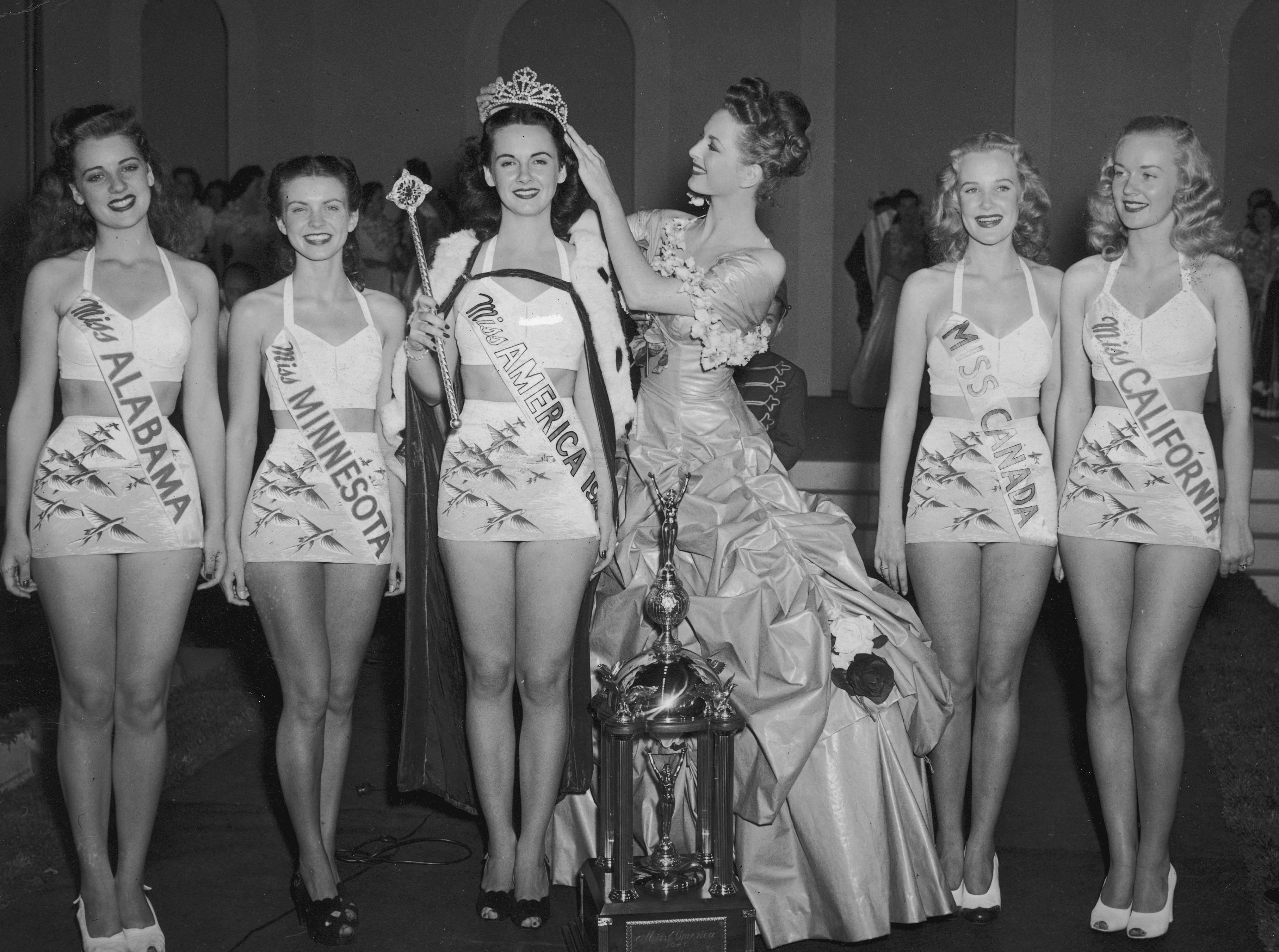There are many ways different types of people may define the male gaze. Initially, it is the depiction of a woman’s appearance and role in society based on the perspective of men through art, visuals and literature. According to John Berger, the idea of the male gaze is “not because the feminine is different from the masculine, but because the ideal spectator is always assumed to be male and the image of the women is designed to flatter him.” (64) In his book, Ways of Seeing, Berger states, “Men look at women. Women watch themselves being looked at. This determines not only most relations between men and women but also the relation of women to themselves.” (47) Simply, men’s actions provoke a female’s appearance. Women tend to change their appearances in order to satisfy the male by losing their humanity and turning into an object that is looked at rather than a subject that is heard. You would think the objectification of women is something that started when media expanded into paper and visual technology, such as magazines, movies, television and online websites. In fact, the male gaze started centuries ago through male artists and their representation of females in their paintings and popular works of art.

The male gaze has become pervasive in art and popular culture because men continue to find new ways to expose women to the media as time goes on, turning their sexuality into a public phenomenon. One prime example of the objectification of women through the male gaze are beauty contests. Pageants, such as “Miss America,” which began as early as the 1920’s, continue to popularly grow and enhance our country’s interest in the idea of judging women by their brains, talents and bodies. Events similar to these are most often run or owned by men who contribute to the male gaze by glamorizing a woman’s appearance as her only objective in life. It’s as if females can only be admired for their beauty rather than breaking barriers from their appointed roles in society. The exploitation of women is not the only issue these contests face considering the lack of diversity they display. The typical lineup of young and skinny female contestants could possibly alter a little girl’s aspiration to fit into society through the exaggeration of a false reality. Although the agenda behind these events have become far more transparent to women and feminists all over the world, televised pageants continue to gain recognition from millions of viewers every year.
Patriarchy is formerly defined as a society run by a government system which gives males power and authority over females who are usually excluded from the subject. Through Bell Hooks, “Patriarchy is a political-social system that insists that males are inherently dominating, superior to everything and everyone deemed weak, especially females, and endowed with the right to dominate and rule over the weak and to maintain that dominance through various forms of psychological terrorism and violence.” (18) In her book, The Will to Change, Hooks states, “Citizens in this nation fear challenging patriarchy even as they lack overt awareness that they are fearful, so deeply embedded in our collective unconscious are the rules of patriarchy.” (29) It’s difficult to abolish something that has been set in stone for decades. As the years go by, females continue to progress and alter the various demeaning definitions of patriarchy. The only thing left to abide by their struggle is the modification of not only men, but society as a whole. The time to stop fearing change is now and we must allow it to happen, for the state of equality.

The subject of patriarchy dates far back during the time of the Italian Renaissance, which began as early as the 14th century. Throughout those years, men ruled and had contained the strength and control that women were not allowed to have at all. They were to obey their fathers and husbands while having no political rights as well. Females had to take on the role of housewives by working in the fields, raising children and maintaining their households by cooking and cleaning. Those who did not marry had to either live with male relatives or join a convent. The power of patriarchy gave women zero independence, only allowing them to hold their authority over kids. Men were placed at the top of the leadership scale, leaving women near the bottom of societal roles. Even as a male myself, it is hard to believe the small opportunities women were given and I now fully understand the importance of female empowerment. The ideas of patriarchy and the male gaze come hand in hand as together they are the reason women face hardships while climbing the social ladder in today’s world. We must acknowledge these issues as a whole in order to pass and recreate society’s limitations.
By Peter Merly
Bibliography:
- Berger, John. Ways of Seeing. Penguin Publishing Group. 1990
- Hooks, Bell. The Will to Change. Washington Square Press. 2004.
Links:
http://www.arttrav.com/art-history-tools/being-a-renaissance-woman/
https://www.bustle.com/articles/39638-is-miss-america-sexist-it-depends-on-where-you-are-in-the-world
No comments:
Post a Comment
Note: Only a member of this blog may post a comment.